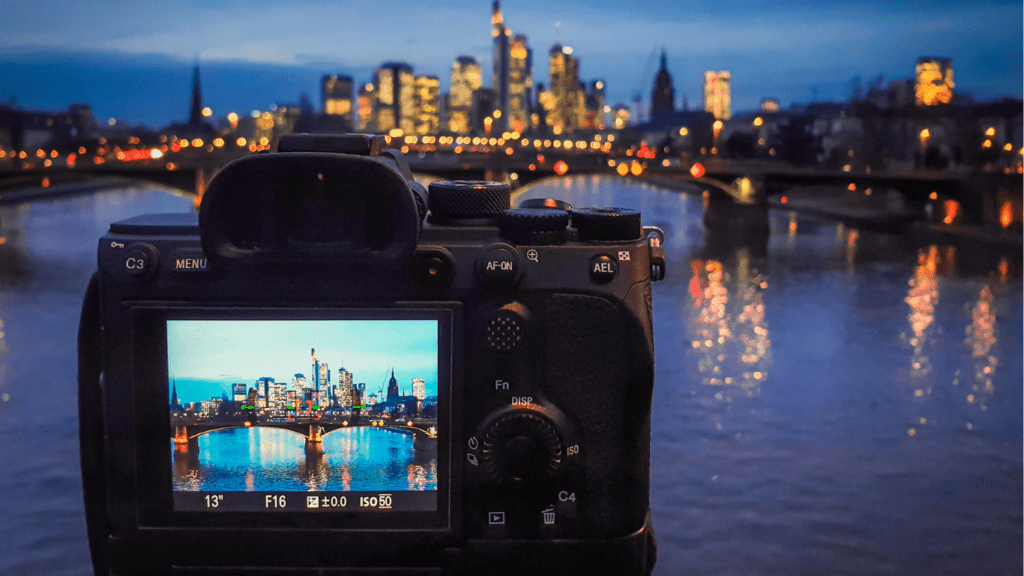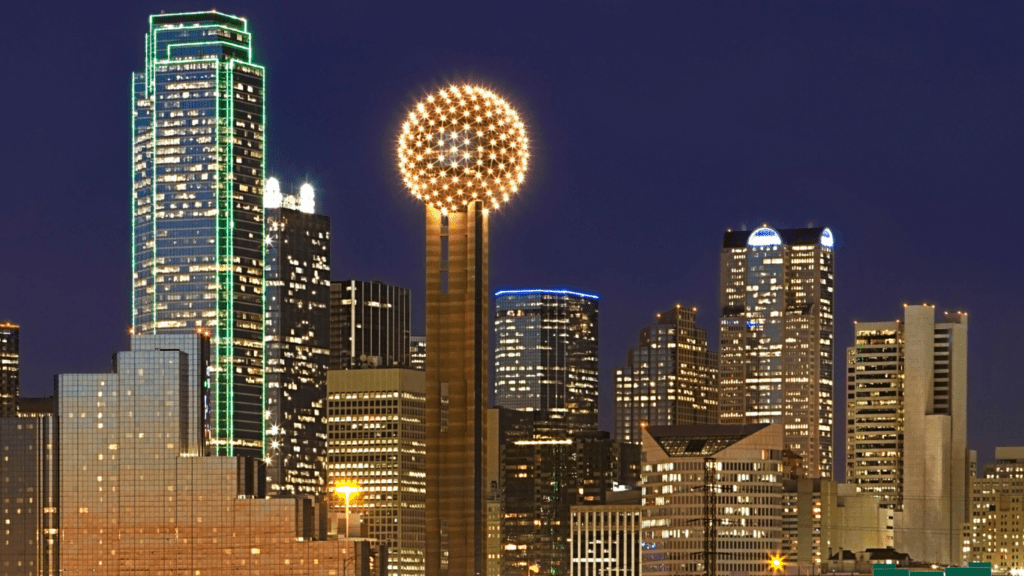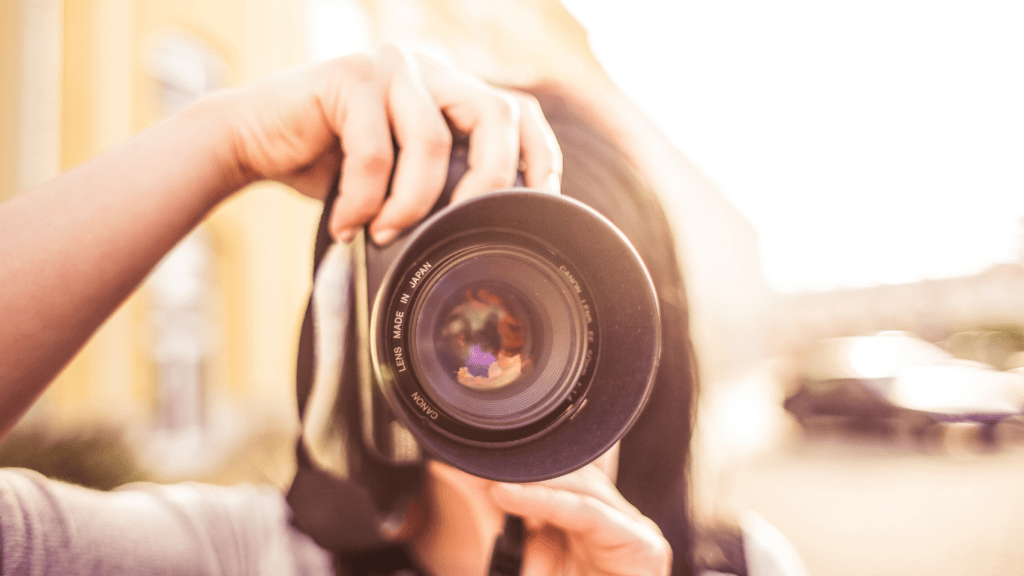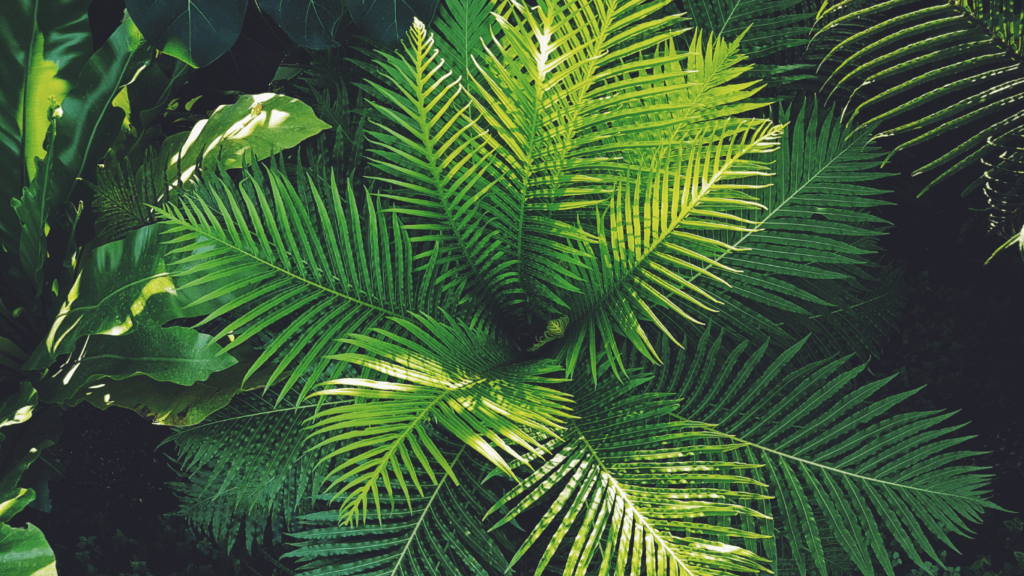Capturing the magic of the night through photography has always fascinated me. There’s something about the glow of city lights, the shimmer of stars, or the quiet drama of moonlit landscapes that feels almost otherworldly. But let’s face it—shooting in low light can be tricky. Without the right techniques, those breathtaking scenes can end up looking blurry, grainy, or just plain dull.
Why Night Photography Is Unique
Night photography captures scenes that differ fundamentally from those shot in daylight. The absence of natural daylight shifts the focus to artificial light sources like:
- streetlights
- neon signs
- vehicle headlights
These light variations create opportunities for dramatic contrasts and unique compositions. Long exposures set night photography apart by revealing details invisible to the naked eye, like star trails or reflections on water. The challenge lies in mastering exposure settings to avoid excessive noise or overexposed highlights.
Low-light conditions encourage creative experimentation that’s less common in daytime photography. For example, light painting and bokeh effect techniques flourish at night, adding artistic depth to images.
Atmospheric elements, such as fog or urban glow, interact with artificial light to create distinct visual effects. Capturing these ephemeral qualities demands adaptability in how light is utilized. Night photography offers endless possibilities for producing striking, impactful images.
Essential Gear For Night Photography
To capture stunning images in low light, I rely on specialized equipment designed to perform in challenging conditions. Choosing the right gear enhances image quality and ensures stability during long exposures.
Cameras And Lenses
- I use cameras with large sensors and excellent low-light performance, such as full-frame or APS-C models. High ISO capabilities minimize noise in dark environments.
- Mirrorless cameras, like the Sony A7 series, or DSLRs, such as the Nikon D850, work best for night photography.
- For lenses, I prefer fast primes with wide apertures (f/1.2–f/2.8) to let in more light.
- A 24mm or 35mm lens captures wide views for landscapes or stars, while a 50mm or 85mm lens works for detailed shots, like light trails or portraits.
Tripods And Stabilizers
A sturdy tripod is essential for long exposures to prevent blur caused by camera shake. I select models with durable materials, such as carbon fiber, for stability. My favorite tripods offer adjustable legs and quick-release mechanisms for versatility.
Gimbal stabilizers assist when I capture handheld videos or panoramas in low light. These tools improve smoothness, especially when moving in dimly lit environments.
Additional Tools And Accessories
Remote shutter releases or intervalometers allow me to take photos without touching the camera, reducing vibrations. A headlamp with a red light illuminates equipment without disrupting my vision or affecting exposure settings.
I also keep extra batteries for extended night shoots, as long exposures drain energy faster. Neutral density filters create stunning effects like blurred motion from artificial lights.
Mastering The Right Camera Settings

Setting your camera correctly is crucial for capturing stunning night photos. Adjusting ISO, aperture, shutter speed, and focus ensures sharp, well-exposed images in low light.
ISO, Aperture, And Shutter Speed
I rely on a balanced exposure triangle for night photography. Increasing ISO makes the sensor more sensitive to light, but values beyond 1600-3200 may introduce noise, depending on the camera. I prefer wide apertures, like f/1.8 or f/2.8, to allow more light in while creating a shallow depth of field. For shutter speed, long exposures ranging from 10 to 30 seconds help capture sufficient light while highlighting motion, like star trails. Experimentation with these settings is key to achieving optimal exposure without compromising image quality.
Manual Focus Techniques
Autofocus struggles in darkness, so I switch to manual focus. Using live view mode or focus peaking helps me ensure precise adjustments. When shooting stars or city lights, I find focusing on a distant light source effective. I also use the infinity focus marker on my lens as a starting point. Zooming in on the LCD screen to check sharpness guarantees better results than relying on the viewfinder.
Using RAW Format
I always shoot in RAW format for night photography. RAW files preserve maximum detail and dynamic range, which is vital for editing low-light images. Underexposed areas can be recovered, noise reduced, and colors enhanced without degrading the image. JPEGs compress data and limit post-processing flexibility, making RAW the superior option for nighttime shots.
Understanding Light Sources At Night
Recognizing and utilizing different light sources at night is crucial for capturing captivating images. Each light source, whether natural or artificial, contributes unique qualities to the scene.
Natural Light: Moon And Stars
Moonlight provides soft, diffused illumination that enhances landscapes and creates subtle shadows. I pay attention to the moon’s phase and position; a full moon offers brighter scenes, while a crescent moon adds a dramatic, moody effect. Stars, when skies are clear and free from light pollution, add depth and texture to compositions. I often use long exposures to capture star trails or enhance the brilliance of isolated stars. Incorporating constellations or the Milky Way into the frame adds a sense of wonder and scale.
Artificial Light: Streetlights And Neon
Streetlights introduce warm tones and distinct shadows, transforming urban scenes into intricate, atmospheric settings. I experiment with the placement of streetlights in the frame to control glare and emphasize leading lines. Neon lights, with their vibrant colors, make excellent subjects for modern, dynamic compositions. Reflections on wet surfaces, glass, or metal surfaces amplify their visual impact. I adjust the white balance to preserve accurate color reproduction in artificial light settings. Additionally, I make use of surrounding light trails from moving vehicles to inject energy into my night shots.




